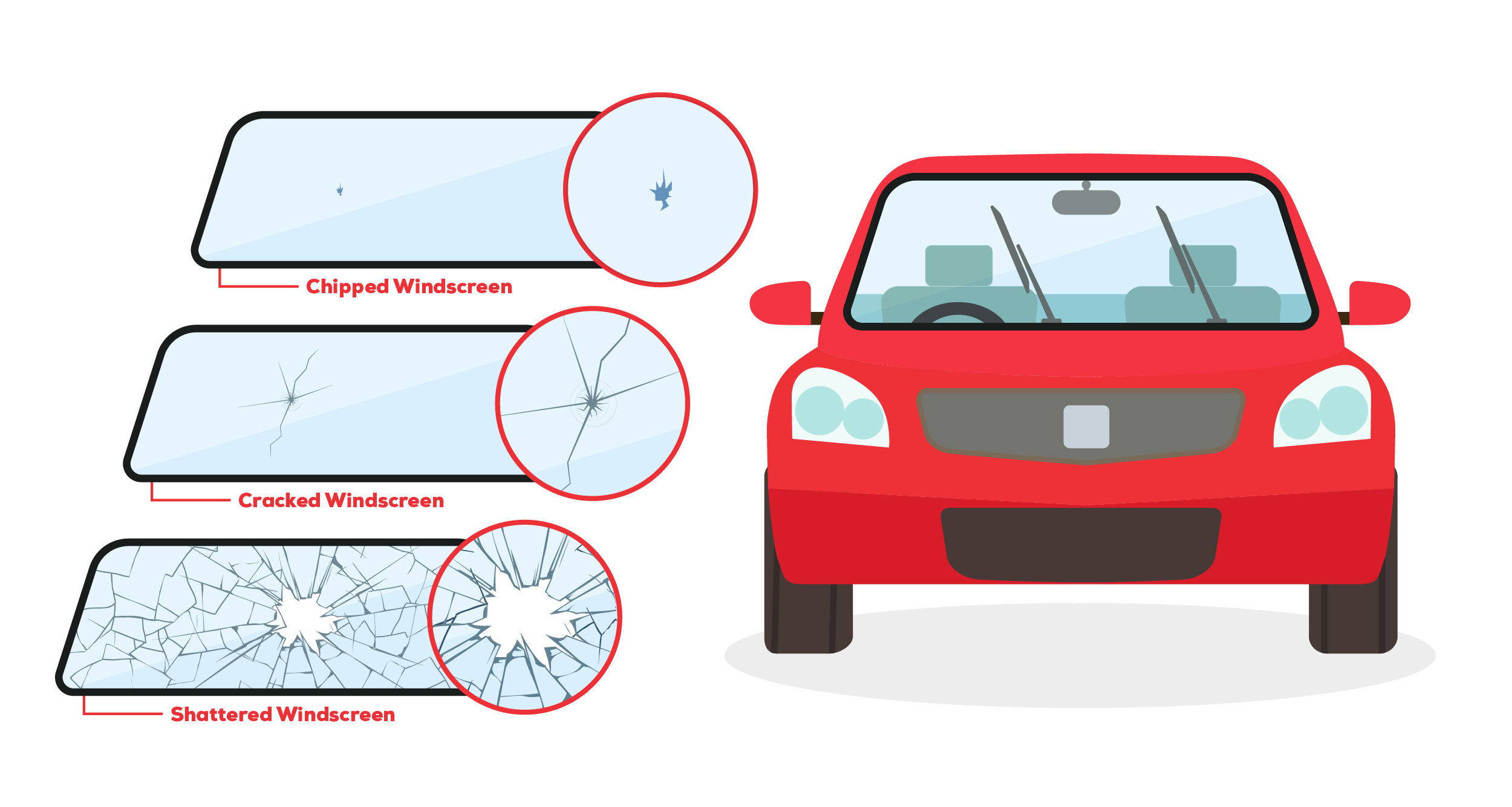
Is it illegal to drive around with a cracked windshield in San Diego?
Below is a comprehensive answer to “What’s the worst that can happen with a cracked windshield?”—covering legal requirements, safety implications, repair thresholds, insurance concerns, and how to choose qualified local experts for windshield replacement.
Across the U.S., federal regulations set a baseline (no cracks larger than ¾" diameter or within 3" of another crack) and most states enforce these or stricter rules, with penalties ranging from fines to failed inspections.
Driving with a compromised windshield significantly increases risks of impaired visibility, glare, airbag failure, and structural collapse during rollovers or frontal impacts.
Timely repair—using kits for minor chips—or full replacement when damage exceeds legal or safety thresholds is essential. Many insurers offer glass‑only riders that waive deductibles, making professional windshield replacement accessible without premium hikes.
Finally, selecting certified providers with strong warranties—such as Broadway Auto Glass in San Diego—ensures the job is done right and keeps you compliant with local laws.
Legal Standards for Driving With a Cracked Windshield
Federal Crack‑Size Limits
Under FMVSS 205, windshields must be free of cracks larger than ¾" diameter, situated more than 3" from any other crack, and not in the driver’s sightline
General State Prohibitions
While federal rules apply nationwide, states like California forbid any windshield damage that impairs vision, and Pennsylvania bans cracks that obstruct the driver’s view.
State-by-State Crack Regulations
Zero‑Deductible Windshield Policies
Florida, Kentucky, and South Carolina mandate policy riders that waive deductibles for glass repair or replacement, encouraging prompt fixes without out‑of‑pocket costs
Additional Local Restrictions
In Texas, cracks over 3" or hairline cracks longer than 12" within the wiper sweep are illegal; in Connecticut, damage may not exceed 20% of windshield width nor be within 3" of edges
Safety Risks of Driving With a Damaged Windshield
Distorted Vision & Glare
Cracks act as prisms, scattering sunlight or headlights and producing blinding glare, which delays hazard recognition and increases accident likelihood
Airbag & Roof Support Failures
The windshield bears up to 45% of frontal crash loads and 60% of rollover roof support; a weakened windshield may shatter under airbag deployment or allow roof collapse
When to Repair vs. Full Windshield Replacement?
Repairable Damage Criteria
Resin injection kits can safely fix chips or cracks under 2.4" diameter and away from edges, restoring up to 95% clarity and structural integrity
Replacement Triggers
Cracks exceeding 6" (or 8" in some states), those reaching edges, spiderweb patterns, or damage in the driver’s sightline require full windshield replacement to comply with safety standards
Insurance Coverage & Avoiding Citations
Glass-Only Coverage to Waive Your Deductible
Adding a glass‑only rider to your comprehensive policy can reduce your repair cost to $0, as many insurers cover glass claims without applying deductibles
Claim Impacts & Legal Penalties
Filing a single glass claim typically does not raise premiums, but knowingly driving with illegal windshield damage can result in fines, failed inspections, and liability in crashes
Finding Trusted Local Replacement Expert
Certification, Reviews & Warranties
Choose shops certified by AGRSS or ISO, offering lifetime workmanship warranties—reviews on Google and Yelp reveal reliability, pricing transparency, and mobile service quality
San Diego Windshield Replacement Specialists
Broadway Auto Glass in San Diego provides competitive inexpensive windshield replacement, expert windshield chip repair, and mobile service with ADAS calibration—plus exclusive blog‑reader discounts.
By understanding legal limits, recognizing safety risks, using insurance wisely, and selecting certified specialists, you can avoid the worst outcomes of a cracked windshield and ensure timely, compliant windshield replacement.
